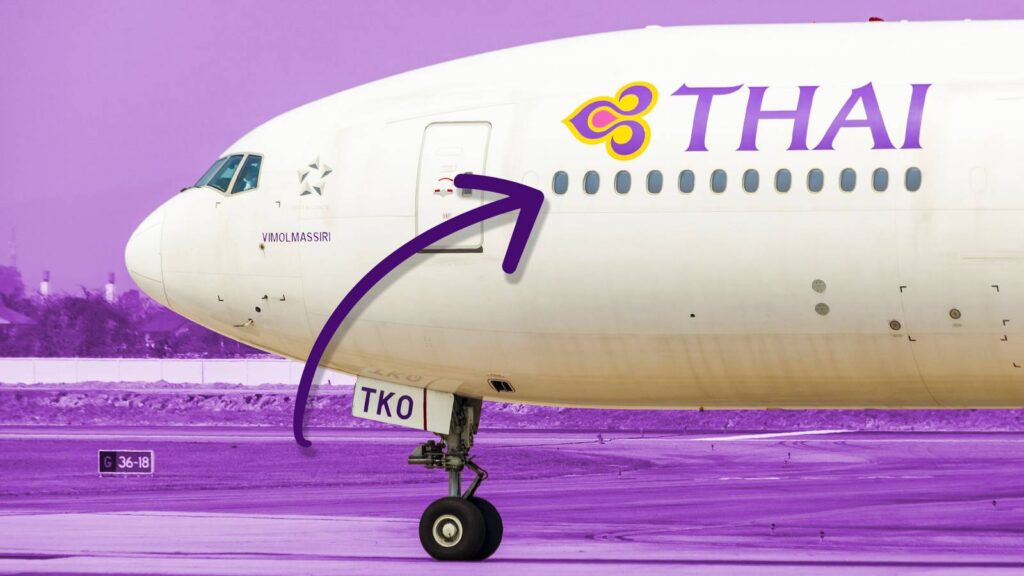The Airbus A350 is a new aircraft designed to compete with Boeing’s offerings, particularly the 787 and 777. Both aircraft feature advanced carbon composite materials and high-bypass turbofan engines, emphasizing passenger comfort with spacious cabins and large windows.
A350 vs. 787
- Technological Advances: Both planes utilize cutting-edge materials and engines, making them leaders in their class.
- Cabin Features: High ceilings and large, pivoting overhead bins enhance passenger experience. The A350 has the largest windows of any Airbus, measuring 9.5 x 13.5 inches, but the Boeing 787’s windows are larger at 10.7 x 18.4 inches.
A350 vs. 777
- Target Market: The A350 mainly competes with the Boeing 777, with the A350-900 aimed at replacing the 777-200ER and the A350-1000 targeting the 777-300ER.
- Material Composition: The A350 is 53% carbon composite, which contributes to its fuel efficiency, while the 777X is set to compete with improvements in aerodynamic design.
Window Size Comparison
- Airbus vs. Boeing: Airbus generally opts for smaller windows to reduce weight; the A350’s windows are smaller than the 777’s, which are 12% larger overall. A220 and 787 planes have larger windows due to less stringent weight constraints from their composite designs.
- Passenger Experience: Although window size doesn’t primarily drive ticket sales, larger windows enhance perception and overall passenger experience. Boeing uses this as a marketing strategy to differentiate their brand.
Conclusion
Boeing and Airbus have distinct design philosophies impacting various aspects of aircraft engineering. While Airbus focuses on weight savings through smaller windows, Boeing emphasizes the passenger experience with larger windows. This strategic difference shapes how each company markets its aircraft to airlines and passengers alike. Both manufacturers are innovating to maintain competitiveness, as seen with Boeing’s 777X incorporating modern features to rival the A350.


